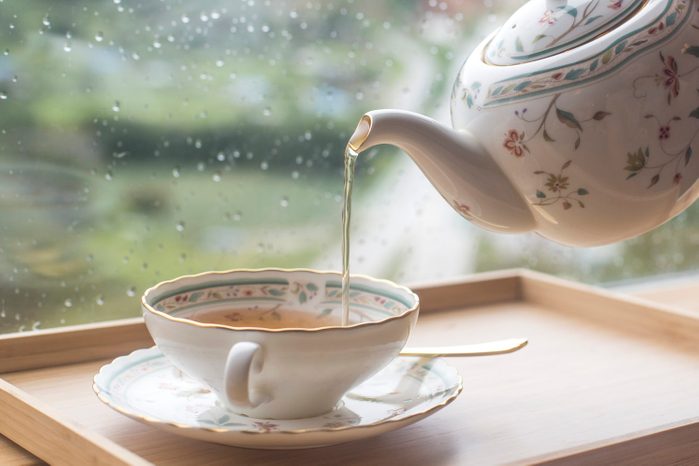
When cold winter temps have you feeling chilly on the inside, it’s a cup of hot tea to the rescue. But is learning how to steep tea really as simple as dropping a bag in hot water? With these tips you’ll learn how to steep the most perfect cup to tea that may actually have you looking forward to the colder weather. Don’t knock it until you try it! If you’re debating between whipping up some tea or coffee, learn more about each hot drink and see which is better for you.
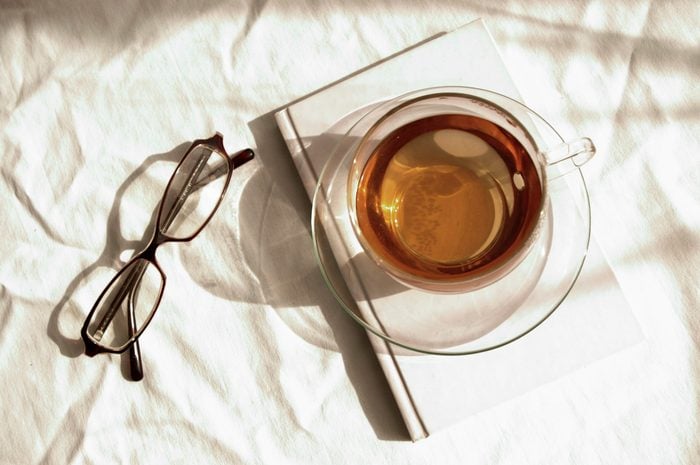
Start fresh
Do you love a cup of black tea for a morning energy boost to start the day? Or maybe you prefer to wind down with an herbal, chamomile tea before bedtime. Whether you like herbal, black, green, red, or white teas, look for the freshest teas available, so you can experience the best flavor profile your tea has to offer. This goes for both loose and prepackaged tea as well.
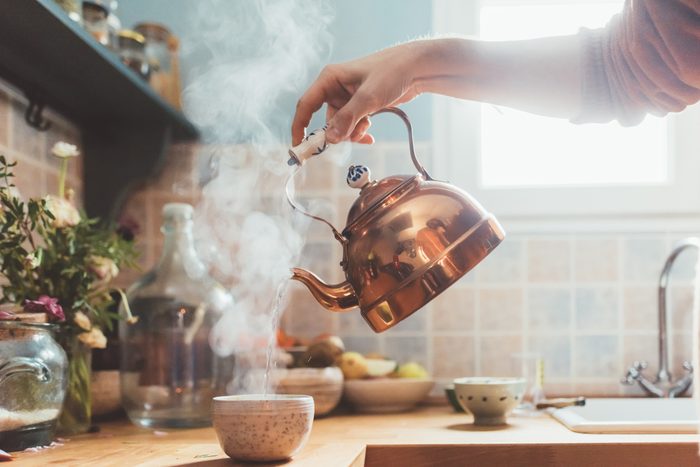
Choose your water
“[Tea] begins with the water—the element that brings tea to its full potential,” according to the tea gurus at The Republic of Tea. Fresh water, like spring, bottled, and filtered, creates a tastier cup of tea. Tap water, with its minerals, chemicals, and the pipes used to carry it, can negatively alter the flavor of this hot beverage. Many people actually just stop here and drink the hot water. See the super surprising benefits of drinking hot water plain.
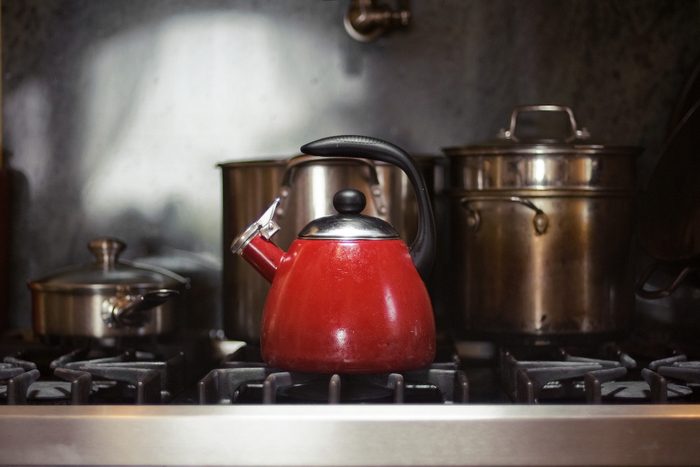
Prepare your tea kettle or teapot
The Republic of Tea advises filling your classic tea kettle or electric tea kettle with fresh, cold water and heat to a rolling boil—unless you’re making green tea or 100 percent white tea. In that case, stop short of boiling to avoid “cooking” the delicate tea. While there’s a bit of a learning curve involved in how to steep tea, keep in mind that tea should be a sensory experience filled with aroma and flavor. If tea is placed into water that is too hot, it can become flat. If you’d rather serve your tea in a teapot, many experts recommend first swishing some hot water around in the pot until the pot is warm to the touch. Then, dump the water out and add your tea. Preheating the teapot prevents it from cracking when it’s abruptly introduced to a change in temperature.
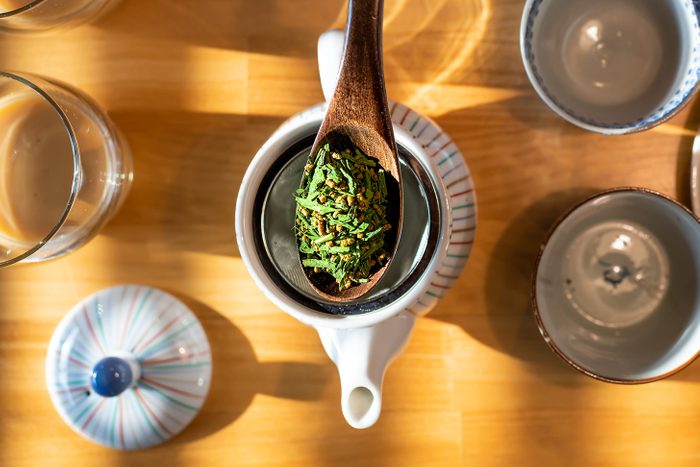
Measure right
To strike the right balance, use one level teaspoon of tea leaves or one tea bag for every eight-ounce cup of heated water. If you want your tea stronger, don’t steep it longer. Instead, add more tea leaves or an extra bag. Don’t bother buying bottled tea—it’s more expensive and commercial brews can have more grams of sugar than a soda or slice of pie.
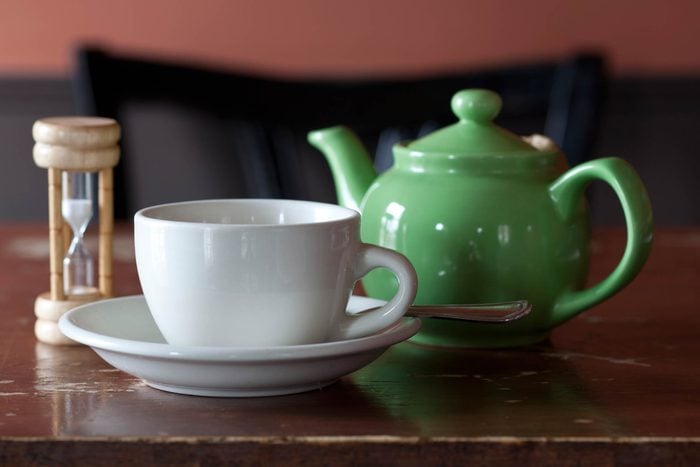
Mind the steeping time
Ultimately, the amount of time you steep your tea depends on the type of tea you’re using and your individual taste. Use this chart to get the timing right: Black tea should be steeped for three to five minutes; green tea should be steeped for two to three minutes; white tea should be steeped for two to three minutes; oolong tea should be steeped for two to three minutes; red/herbal tea should be steeped for four to six minutes.
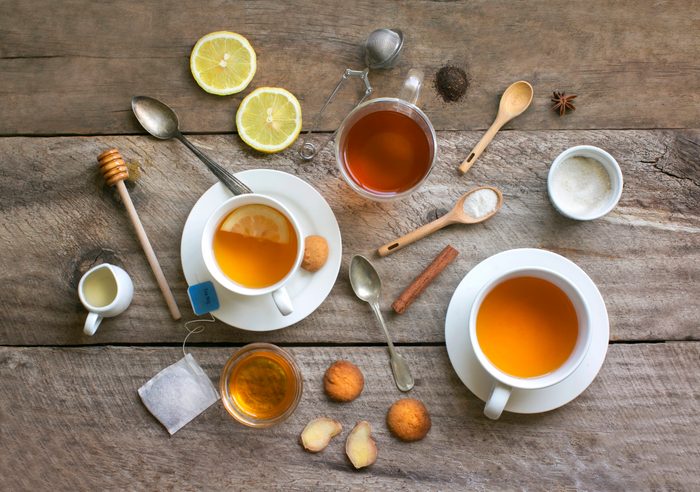
Be careful not to overdo it
Ever wonder how to make tea as flavorful as possible? The secret is in the steep. With the exception of some herbal teas, infusing your tea for too long will result in some bitterness or acidity. So it’s best to master your steep.
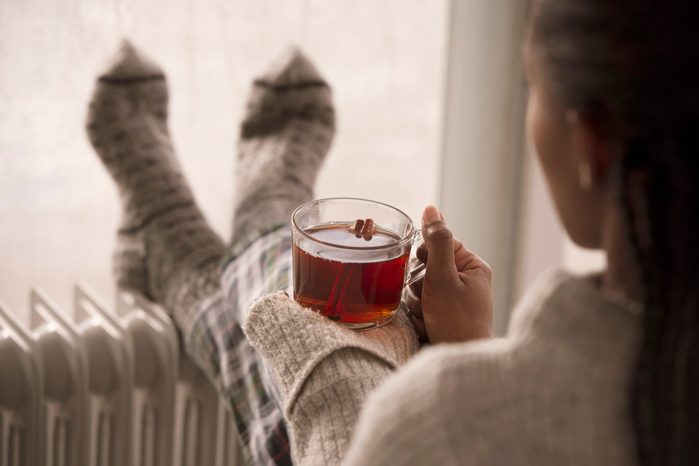
Take a moment
Once your tea is infused, really inhale the essence. What do you smell? A particular spice? How about a sweetness or the scent of a flower? Next, sip the tea as opposed to guzzling it down. Sipping it allows you to taste the layers of flavor that are unique to your drink. If you haven’t already, consider trying matcha tea, an antioxidant powerhouse made from pulverized green tea leaves.
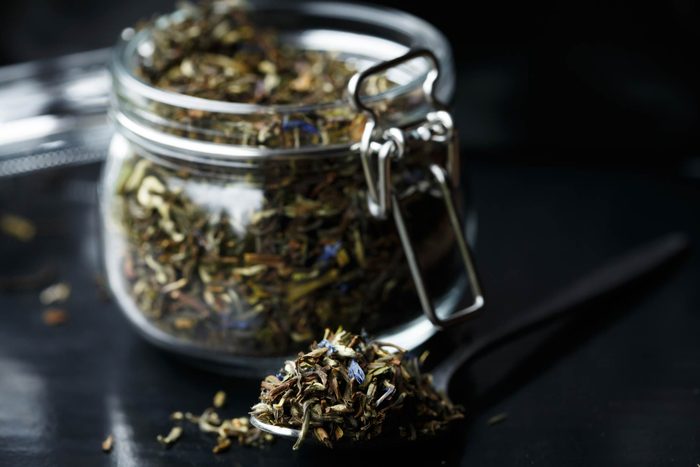
Adjust the brew as needed
In the event that your tea doesn’t taste quite right, there are several factors you can tweak: Try adjusting your steeping time, the amount of tea leaves you’re using, and/or the temperature of the water. With a little practice, you’ll find the flavor you’re looking for.
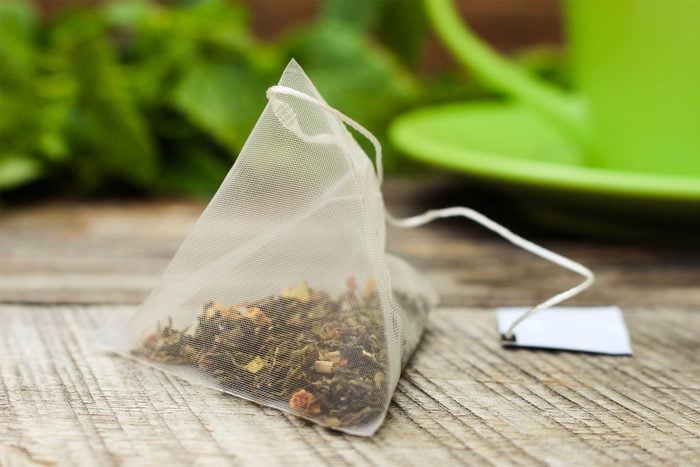
Don’t toss your tea bag
Many teas remain good for a second or third steeping, and you may even notice different flavors emerging when you reuse the leaves or bag. In the words of C.S. Lewis, “You can never get a cup of tea large enough or a book long enough to suit me.” So, enjoy! Next, see how to make the most perfect cup of coffee.